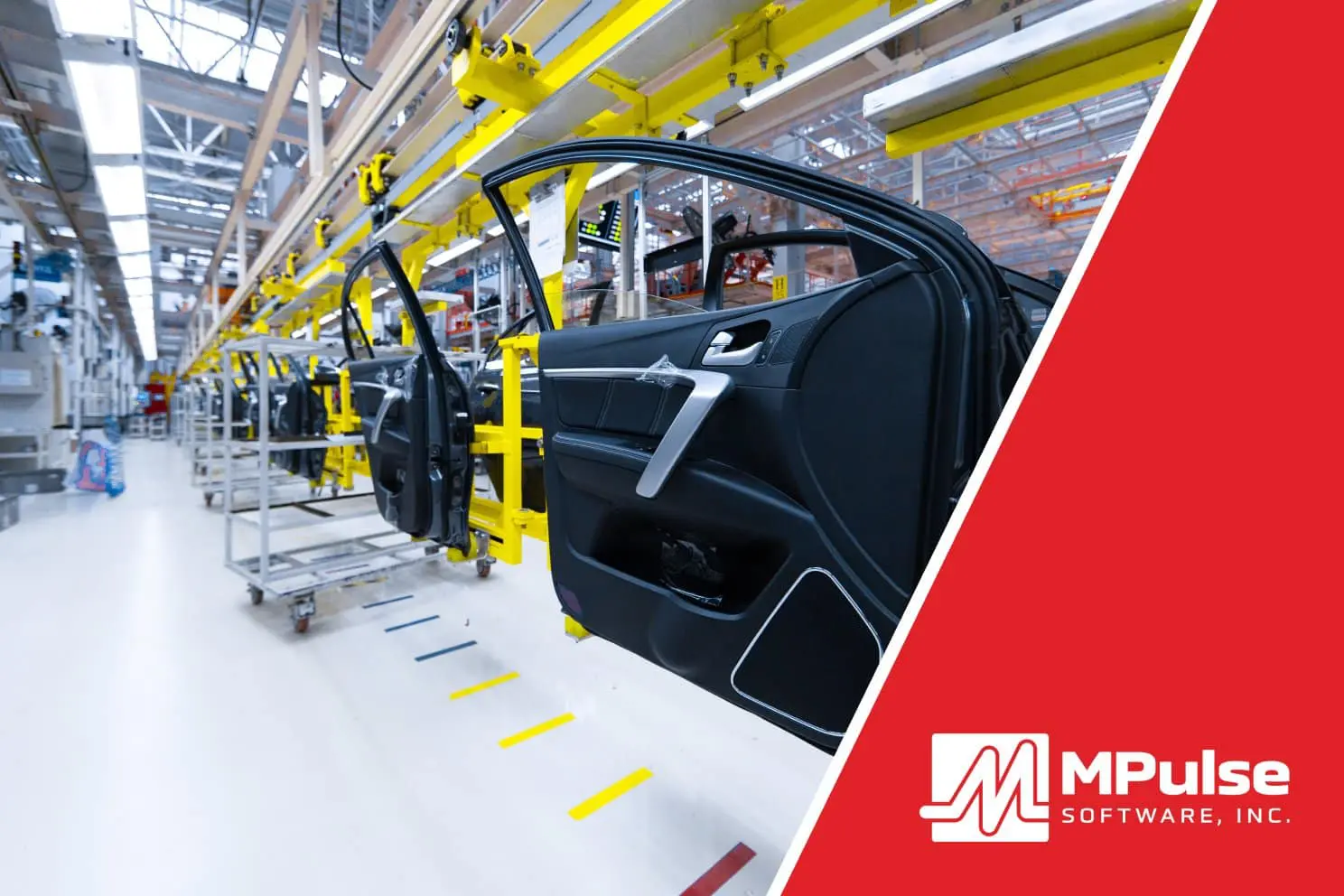Automotive manufacturing companies must follow the U.S. Department of Labor’s Occupational Safety and Health Administration (OSHA) regulations that apply to their facilities and workforce.
But OSHA doesn’t just protect your organization in an audit or inspection. It’s also in everyone’s best interest to be proactive about your employees’ health and safety.
Here are common OSHA violations and regulations for auto manufacturers, and how MPulse can help.
Equipment inspection and repair
Automotive manufacturing facilities use a lot of equipment—including both common and industry-specific assets. Safety regulations for all this equipment requires documentation, particularly for creating inspection procedures and recording maintenance activities and repairs. The only way to prepare for OSHA inspections and audits is a proactive safety initiative supported by consistent documentation. That’s where CMMS software can help.
For example, OSHA’s Control of Hazardous Energy standard, otherwise known as the “Lockout/Tagout” standard, is a common one for equipment found in auto manufacturing facilities. This standard outlines how to safely depower dangerous machines, including locking the machine in the “off” position and adding a tag with the name of the person who carries the key to the lock. Including these steps in an inspection checklist in MPulse is one way to make sure all procedures are followed correctly.
Hazards
Auto manufacturing uses a variety of hazardous materials. OSHA requires employers to make information about the identities and hazards of chemicals available and understandable to workers. Chemical manufacturers and importers are required to evaluate the hazards of the chemicals they produce or import, and prepare labels and safety data sheets to convey the hazard information. Additionally, employers must label hazardous chemicals, provide safety data sheets for their exposed workers, and train them to handle the chemicals appropriately.
There’s nothing better at documenting those tasks than CMMS software. Documenting the materials, training and proactive steps taken in MPulse helps you avoid OSHA violations related to hazardous materials.
Training
OSHA requires organizations to record and track safety training for employees—something that requires a lot of administrative support. CMMS software helps you track health and safety data and resolve potential risks before outside auditors do, such as who’s had what training. CMMS software also helps with automated alerts that notify managers when certifications will expire.
MPulse Labor Resource Management can track all facets of your employee records: training records, status, skill level, billing rate, contact information, and more. Plus, you can easily match employees or vendors to the assets they maintain, and determine the right training accordingly.
Ergonomics
Many tasks in auto manufacturing require training or proper equipment to avoid injuries related to ergonomics. Employees use power tools, bend and lift boxes or products, push carts or dollies, turn or bend hand tools, and reach overhead. If done incorrectly, serious injuries can result.
CMMS software can help with checklists that detail safety codes. Plus, reminders to use extra equipment—like back braces or safety goggles—can help workers prevent mistakes and any related injuries.
CMMS data from MPulse provides both the big picture and the little details, so your maintenance tasks are both visible and verifiable. And best of all, you can access the information in minutes, instead of spending hours or even days sorting through a paper filing system.
Have questions? We have answers. Contact us.


